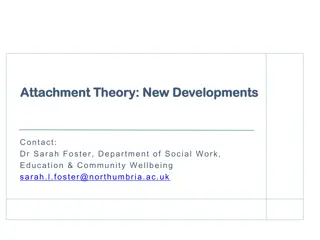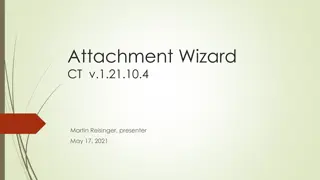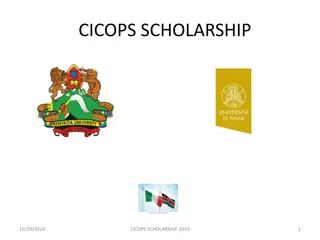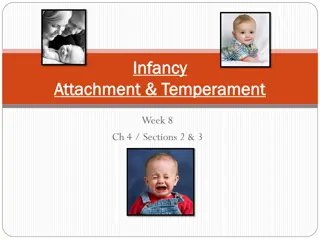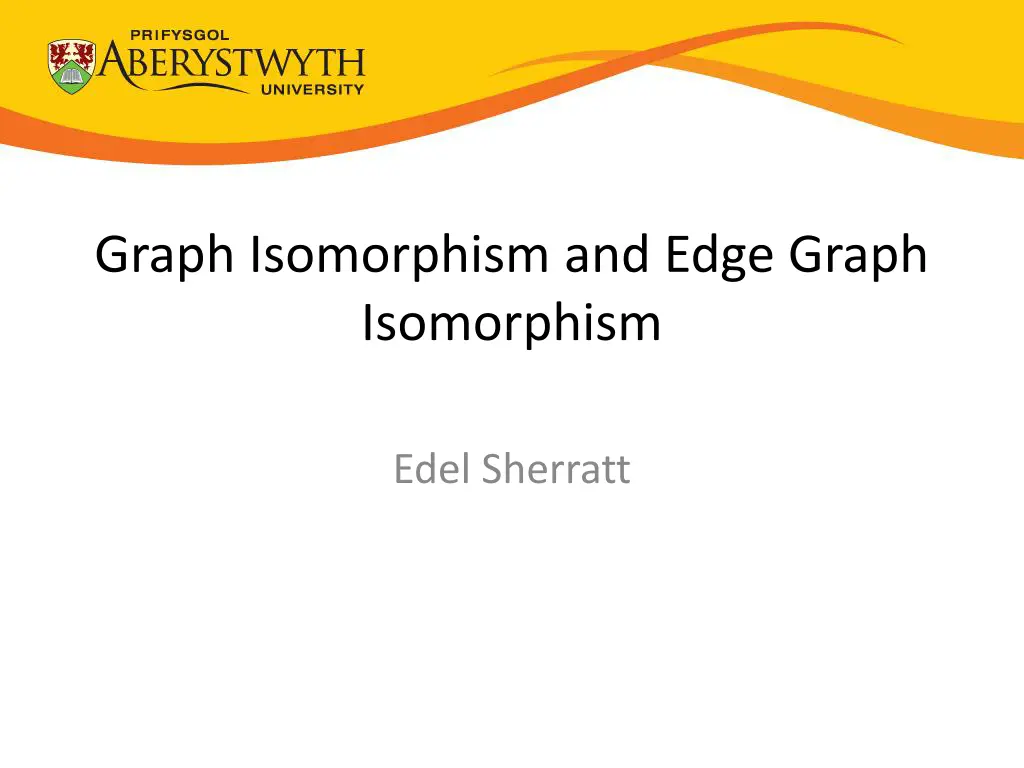
Discovering Molecular Fragments through Graph Isomorphism
Explore the concept of graph isomorphism in the context of identifying distinct molecular fragments through breaking and forming bonds in small molecules. Learn about the approach of orderly generation and recognizing distinct fragments to distinguish isomorphs from isomers. Discover how to efficiently test for isomorphism without examining every pair of sets, and understand the role of Nauty in isomorphism testing for simple vertex-labelled graphs.
Download Presentation

Please find below an Image/Link to download the presentation.
The content on the website is provided AS IS for your information and personal use only. It may not be sold, licensed, or shared on other websites without obtaining consent from the author. If you encounter any issues during the download, it is possible that the publisher has removed the file from their server.
You are allowed to download the files provided on this website for personal or commercial use, subject to the condition that they are used lawfully. All files are the property of their respective owners.
The content on the website is provided AS IS for your information and personal use only. It may not be sold, licensed, or shared on other websites without obtaining consent from the author.
E N D
Presentation Transcript
Graph Isomorphism and Edge Graph Isomorphism Edel Sherratt
Original Problem Given some small molecules, write a program that discovers all the molecules that can be formed by breaking existing bonds and forming new bonds
Approach: orderly generation Start with a set of bonds (edges) and a set of atoms (vertices) The set of bonds has cardinality k Generate all the sets containing k+1 bonds that represent distinct fragments/molecules Keep doing this until it is no longer possible to add a bond to any of the current sets
Recognising distinct fragments At each step, there is a collection of sets, each containing the same number of bonds (edges) Want to eliminate some not all isomorphic graphs Isomorphic graphs sometimes represent distinct molecular fragments
No need to test every pair of sets Order bonds according to bond types (edge labels) and the atoms involved (vertex labels) For example (C-C) comes before (C=C) Potential duplicates are sets of bonds that are equivalent under this ordering Test these for isomorphism
Nauty only deals with vertex labels Nauty (McKay, 1981) is the fastest known algorithm for isomorphism testing But Nauty only deals with simple vertex-labelled graphs Would like simple vertex-labelled graphs that are isomorphic iff the original edge- and vertex- labelled graphs are isomorphic
The Edge graph Aside: edge graph is not defined for isolated vertices
Difficulties Easy to see that graph isomorphism implies edge graph isomorphism It would be nice if edge graph isomorphism always implied graph isomorphism but that s not the case! K3 and S4 graphs have isomorphic edge graphs
What is actually proved Two graphs are isomorphic iff 1. they have equal numbers of isolated vertices 2. they have equal numbers of K3 components 3. the edge graph corresponding to each connected component from the first graph can be paired with its isomorphic counterpart from the second
Proof strategy 1. Observe that two graphs are isomorphic iff their connected components are isomorphic 2. Consider connected graphs with isomorphic edge graphs
Consider Connected graphs G1 and G2 with isomorphic edge graphs G1 and G2 A bijection f that defines the edge graph isomorphism f maps the edges of G1 (that is, the vertices of G1 ) to the edges of G2 (vertices of G2 )
Four cases 1. For every vertex a of G1, there is a unique vertex x of G2 such that f maps the edges of G1 incident on a onto all and only the edges of G2 incident on x As above, but the vertex of G2 is not unique 2. 3. There is at least one vertex of G1 whose incident edges are mapped to edges incident on more than one vertex of G2 4. There is at least one vertex of G1 whose incident edges are mapped to a single vertex of G2, but f also maps other edges of G1 onto that vertex of G2
Case 1 f maps edges of G1 incident on a single vertex of G1 to exactly the edges of G2 incident on a unique single vertex of G2 Then f determines an edge-preserving bijection between the vertices of G1 and G2, and so they are isomorphic
Case 1: edges incident on a single vertex of G1 map to edges incident on a unique single vertex of G2
Case 2 f maps edges of G1 incident on a single vertex of G1 to exactly edges of G2 incident on a single vertex of G2, but that vertex is not unique Then G1 and G2 each comprise two vertices connected by a single edge, and so the graphs are isomorphic
Case 2: edges incident on a single vertex of G1 map to edges incident on a single vertex of G2, but that vertex is not unique
Case 3 There is at least one vertex of G1 whose incident edges are mapped by f to a set of edges that are not incident on a single vertex of G2 Then f maps edges of a K3 sub-graph of G1 to edges of an S4 sub-graph of G2 or vice versa and the K3 (or S4) sub-graph of G1 is G1 and the S4 (or K3) sub-graph of G2 is G2
Case 3: edges incident on a vertex of G1 mapped to edges that incident on more than one vertex of G2
Case 4: edges incident on a single vertex G1 mapped to edges incident on a single vertex of G2, but other edges also mapped to that vertex
Summary Transform a graph to its edge graph to facilitate isomorphism testing Need to take account of different cases Proof that this is ok is long-winded, but worth doing to avoid errors in software Applied in the Abermol chemical structure generator Some interest in the Nauty community


